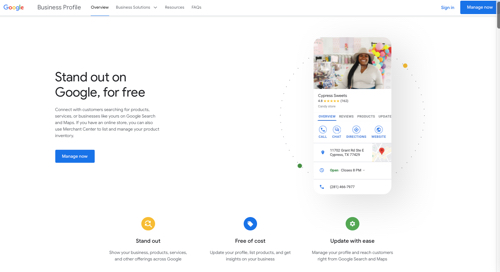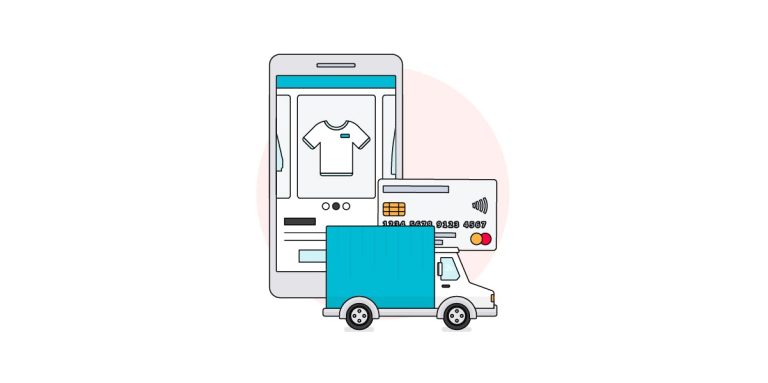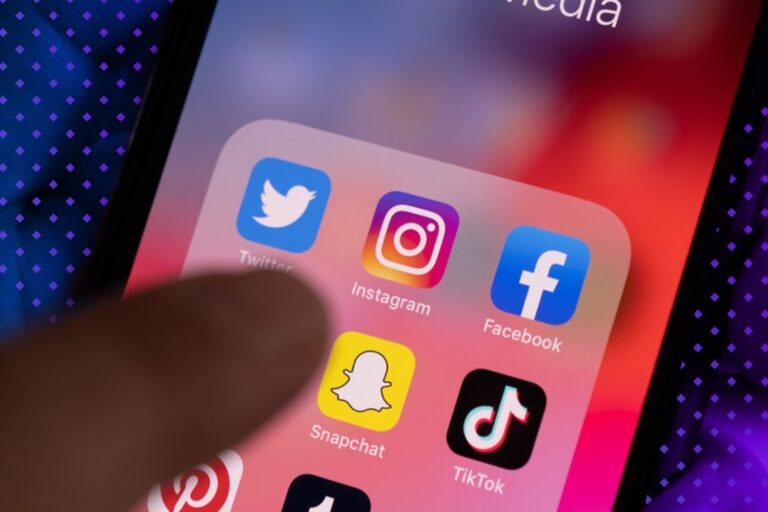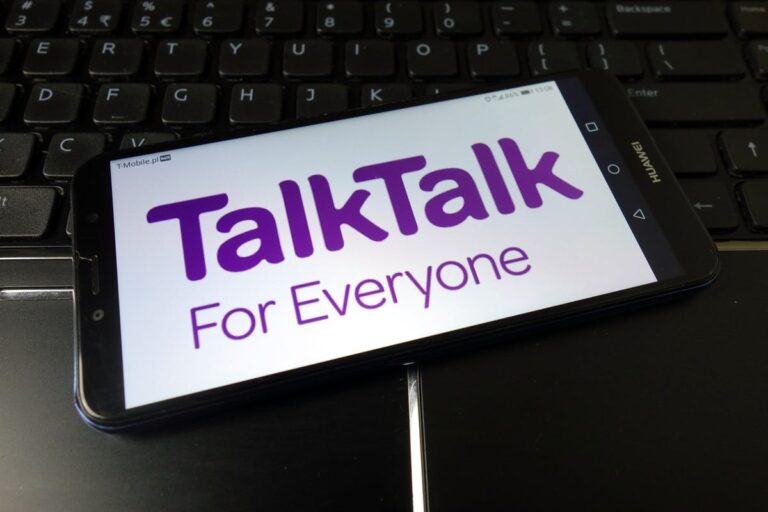All of the email data we used in this post came from MailCharts, the email database for ecommerce email marketers. Want to find out for yourself how MailCharts can help you research, plan and execute better email campaigns? Get started with a free subscription now!
Sending cadence: The chart below, pulled up from a detailed reporting page, shows how “best of the best” brands are more aggressive in their sending cadence, sending 10 emails weekly on average compared with 3 weekly from general beauty/personal-care brands.
Where email fits in the beauty/personal care marketing ecosphere
Even though overall sales have taken a hit from the pandemic, ecommerce is booming. Buyers are rushing online with store closures and public mask mandates sweeping the country. McKinsey estimates 20% to 30% of cosmetics and personal-care purchases shifted from in-store to ecommerce.
Weekly email sends: Year-over-year comparisons show weekly beauty & personal care email sends fluctuated in 2020. Sends were running slightly higher in April and May 2020 than in the same time in 2019 and recovered after a short dip in early June to keep pace. Weekly averages fell in late July in both 2019 and 2020, but the 2020 dropoff was steeper, from 3.88 emails weekly in 2019 to an average 1.74 emails weekly in 2020.
It began with DNVB (digital-native vertical brands) like e.l.f. Cosmetics that put its values into practice with what were then alternatives to conventional beauty and personal care products. (See how Tinuity developed an integrated strategy for e.l.f. Cosmetics that grew its social media presence on Snapchat, Pinterest, and TikTok to reach younger consumers.) If your brand uses vegan/cruelty-free/organic ingredients, lean into that messaging with email!
4 trends driving beauty and personal care
1. Beauty and skincare go “all-inclusive”
Men’s personal care spending is predicted to hit 6 billion by 2022, and it’s not all going for shaving cream and hair gel. Cosmetics, hair care, and skin care products were once segregated firmly by gender, but today’s gender fluidity is blurring the lines.
Why is this helpful? With this data, we can look at calendar send cadence over the coming months as well as promotional rates for upcoming emails and how to articulate those promotions. We can also get an idea of send time across the industry and potentially test additional send times.
When we compared beauty/personal-care brands perform against MailCharts’ best-of-the-best ecommerce brands (including more than just beauty brands), we found three areas where beauty-related brands have room to raise their competitive game, not just against other beauty brands but all the other emails in the inbox:
This is a great opportunity to reflect on your own brand. Are you within the median of sends per week in the beauty & personal care space? Can you scale up your cadence to keep your brand visible in the inbox? Or, do you need to scale back while still generating revenue?
In addition to being more gender-neutral, beauty brands today include more people of color and various ethnicities/ages, as in this email for Peter Thomas Roth.
2. At-home beauty hacks are trending
Promo rates: MailCharts’ premium brands also are a little more competitive than general beauty/personal-care brands on promotional rates, as the next chart shows.
Today, the vegan cosmetics category is expected to see a compound annual growth rate of 6.5% compared to the beauty industry as a whole at 2% to 4%.
3. Vegan/cruelty-free/organic brands go mainstream
This inclusive trend reflects shoppers’ preferences for brands whose missions, values and business practices align with theirs. Social media is great to get the message out, but email gives brands a bigger stage to show how they meet these expectations.
In fact, 36 of the 54 beauty & personal care emails we pulled at random using the MailCharts app included models of various ethnicities, genders (or gender-fluid), and various ages.
Social media rules the digital roost for engaging customers with beauty and personal care. But ecommerce email marketers can capitalize on social media’s immediacy and vibrancy by incorporating the best of social, like embedding top influencers’ videos or extended animated GIFs in email and surrounding it with key brand information and values that customers care about.
4. Subscription services are fire
The digital surge alone won’t be enough to make up losses from store shutdowns and lower traffic to businesses that stayed open, like drugstores and discount department stores. But it does mean email marketers for beauty and personal-care brands should double down on digital marketing to take advantage of the shift to ecommerce.
How beauty brands use email to sell and build customer engagement
- Average number of emails sent / week (by brand): 3
- Average promotion rate: 41.4%,
- Most popular promotion type: Percentage-off discount
- Most popular day/time to send email: 1 p.m. Friday
Harry’s, ipsy, and the Dollar Shave Club capitalize on time-pressed Millennials’ desire for convenience, variety, and value, all in a unique customer experience. With shoppers buying online and in-store sampling at Ulta and Sephora paused because of COVID-19 concerns, this is a great way to introduce customers to new products at a low price, too.
- Sending cadence
- Promotional rates
- Weekly email sends
There’s also an opportunity to create highly personalized emails using real-time data that social content can’t match, such as monthly account reminders that recap purchases and total spending, show customers where they are in a loyalty program, and nudge customers to qualify for the next level up.
Gleaning additional email marketing insights from the beauty & personal care industry is a piece of cake with MailCharts reporting. In addition to a library of emails from top brands in ecommerce, users have access to key reporting data. Looking at beauty and personal care brands over the last 90 days, we can glean the following insights:
By incorporating an email strategy for your beauty brand, you can cement customer relationships that begin in a different channel (hello, increased CLV) and create a holistic marketing experience.
Beauty and personal care is big business – worldwide, it’s valued at more than 0 billion, despite the COVID-19 pandemic, which could end up cutting sales as much as 35%.
Whether this represents a trend toward brands pulling back on email campaigns or is just another dip like the one in early June remains to be seen. However, if your brand relies on email for revenue, it’s likely your emails will face a little less competition for now.
A McKinsey report said data from Amazon showed sales for nail-care products went up 218%, hair coloring grew 172%, and bath-and-body products were up 65%. The trend is expected to hold into 2021 or until the pandemic passes, but retail experts speculate some change is permanent. That’s another opportunity for email marketers to up their messaging game with advanced tactics.






